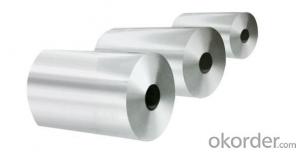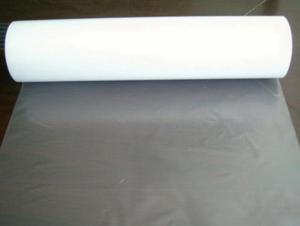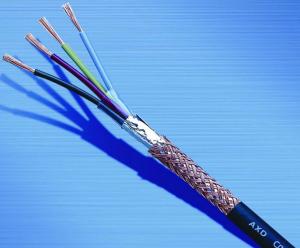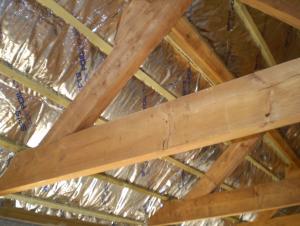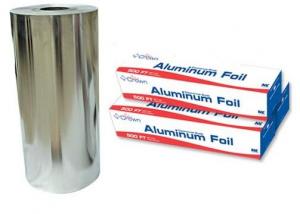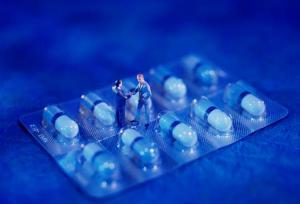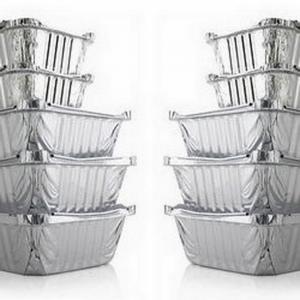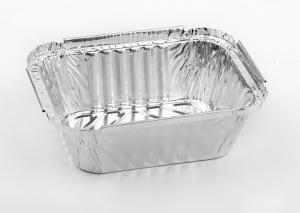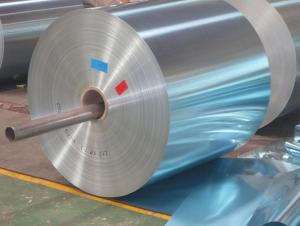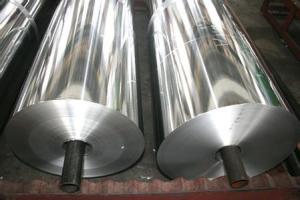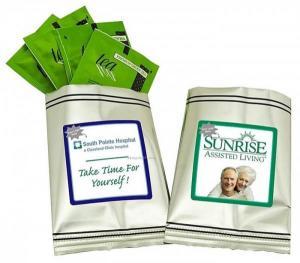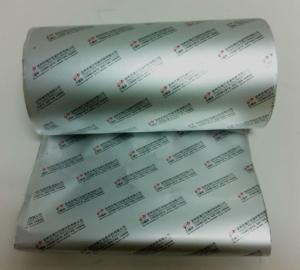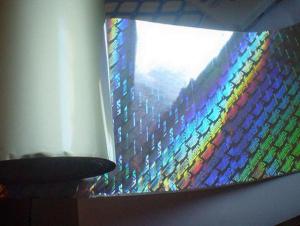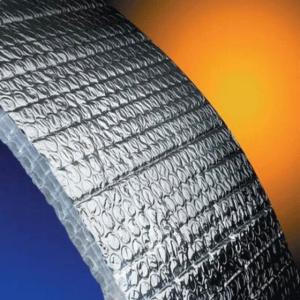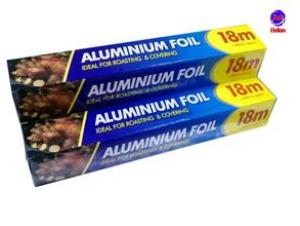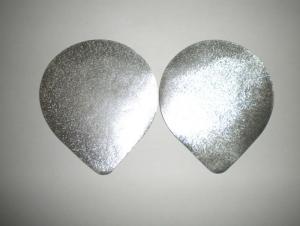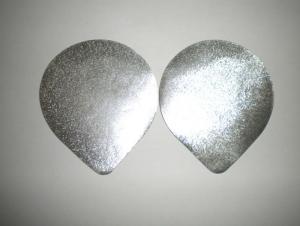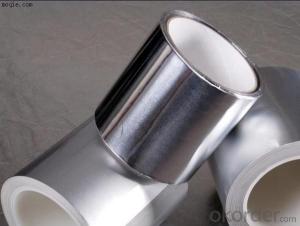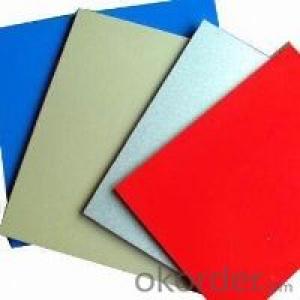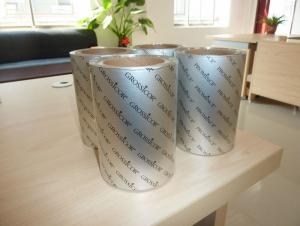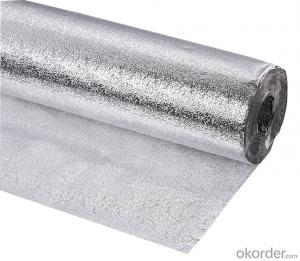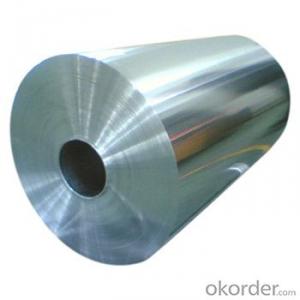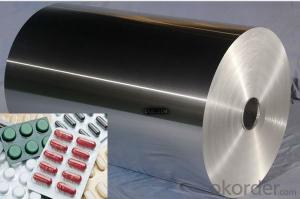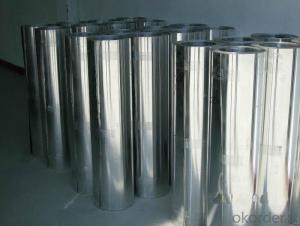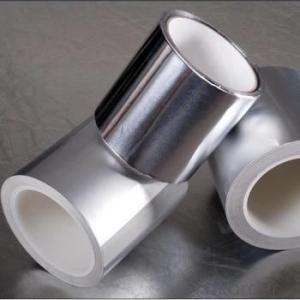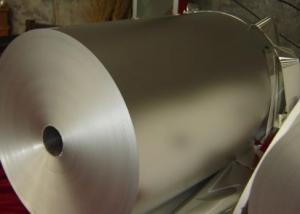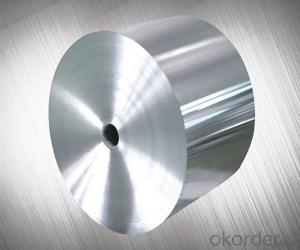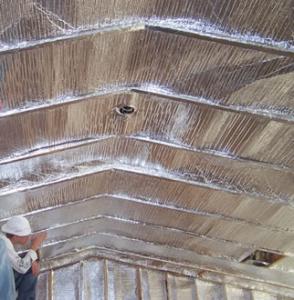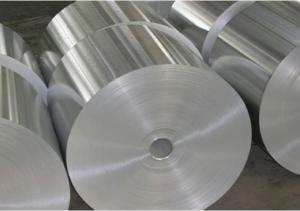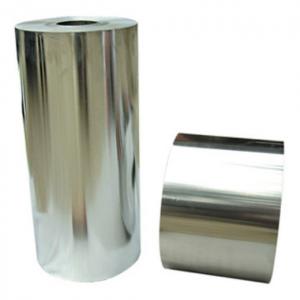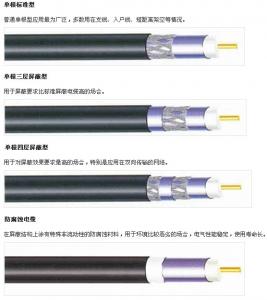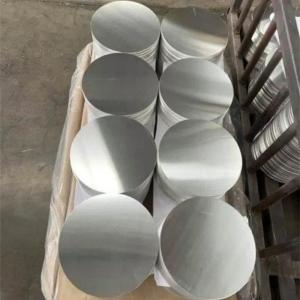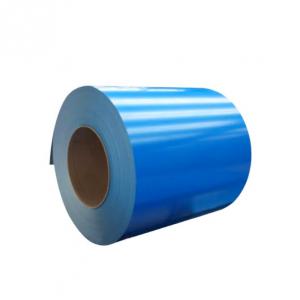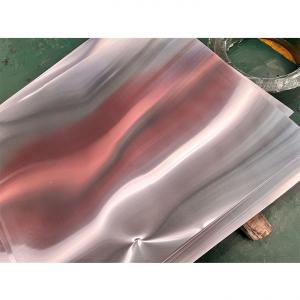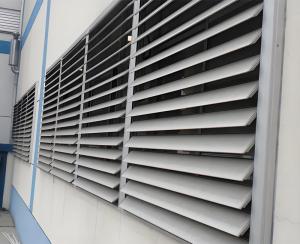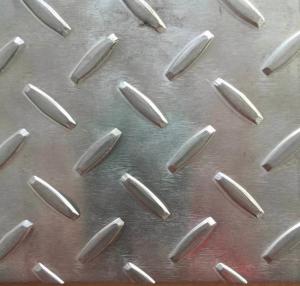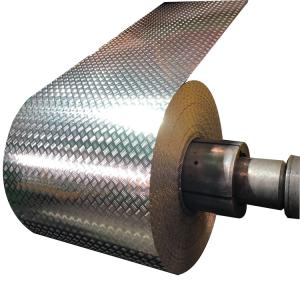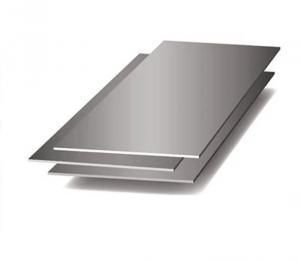Fear Of Aluminum Foil
Fear Of Aluminum Foil Related Searches
Danger Of Aluminum Foil Aluminum Foil Danger Dangers Of Aluminum Foil Cats Afraid Of Aluminum Foil Aluminum Foil Dangers Aluminum Foil Dangerous Aluminum Poisoning From Foil Toxicity Of Aluminum Foil Hazards Of Aluminum Foil Eating Aluminum Foil Aluminum Foil Toxic The Aluminum Foil Trick Dream Of Aluminum Foil Smoking Aluminum Foil Shielding With Aluminum Foil Aluminum Foil On Face Box Of Aluminum Foil Aluminum Foil Toxicity Weird Al Aluminum Foil Aluminum Paper Foil Foam With Aluminum Foil Freezing With Aluminum Foil Freezing In Aluminum Foil Effects Of Aluminum Foil Aluminum Foil Near Me Resistance Of Aluminum Foil Sheet Of Aluminum Foil Ball Of Aluminum Foil Paint With Aluminum Foil Element Of Aluminum FoilFear Of Aluminum Foil Supplier & Manufacturer from China
Fear of Aluminum Foil is a product that encompasses a range of aluminum-based materials, including sheets, rolls, and containers. These products are widely used in various industries, such as food packaging, construction, and manufacturing, due to their lightweight, durable, and heat-resistant properties. Aluminum foil is particularly popular in the food industry for its ability to preserve freshness and protect against contamination. Okorder.com is a leading wholesale supplier of Fear of Aluminum Foil products, offering a vast inventory to cater to the diverse needs of customers across different sectors.Hot Products
